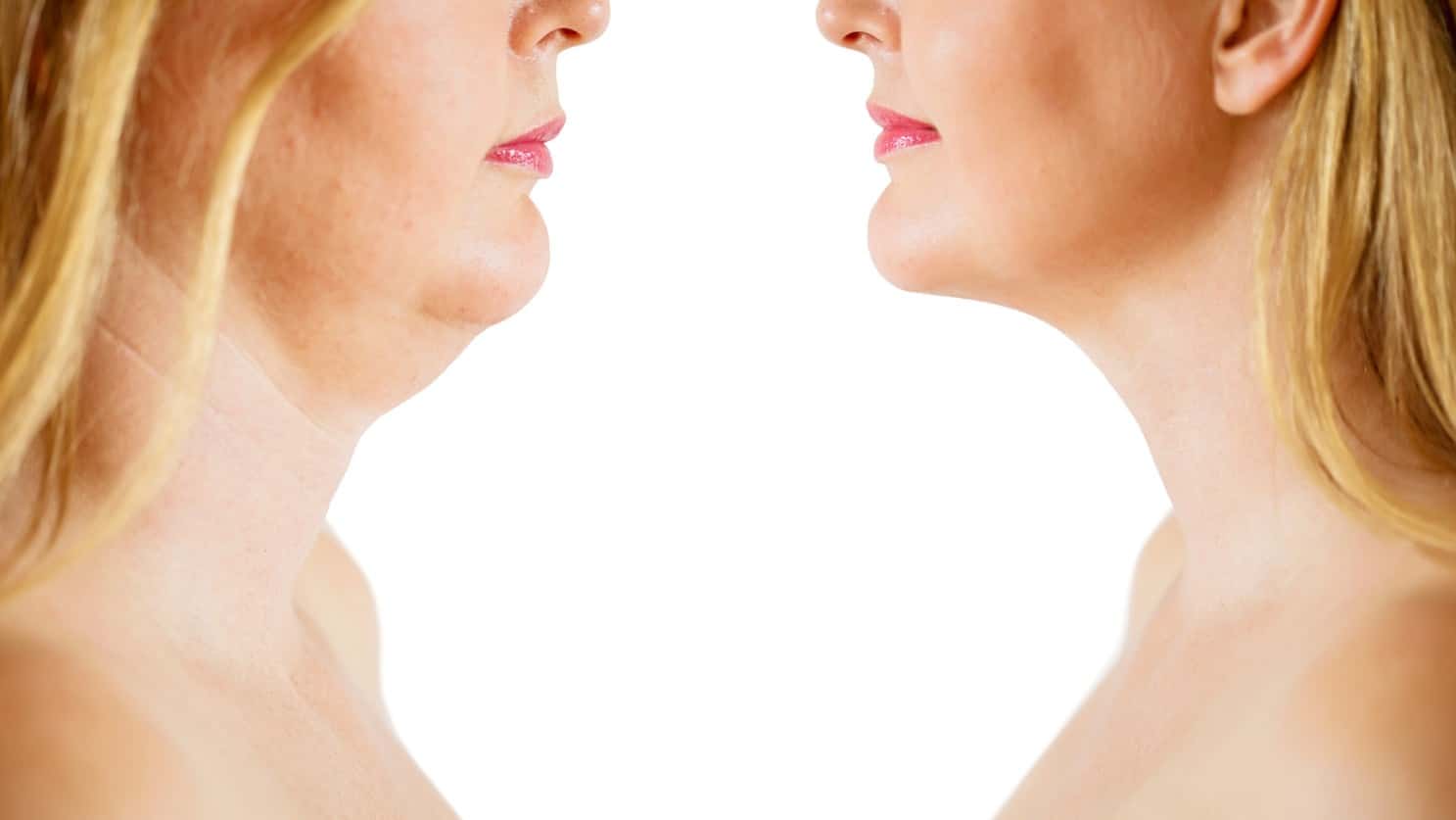When wrinkles, fine lines, deep furrows and other unwelcome signs of facial ageing appear, a facelift may be the solution. But which one?
There are mini lifts, S-lifts, brow lifts, traditional facelifts, and other treatments and procedures aimed at facial rejuvenation. A facial plastic surgeon is your best source for personalised guidance on anything surgical, and a cosmetic physician for anything no-surgical. Before you reach out to a professional, however, Costhetics wants to lay the foundation for your visit. As your trusted information source for all aspects of cosmetic enhancement including plastic and cosmetic surgery, injectable fillers, laser and much more, we’ve put together a basic guide to facelifts and facial rejuvenation.
Sit back, put up your feet, grab a vino, and read on to discover more about how upper, mid and lower facelifts are used to erase years from your face.
Facial Areas Helped by Facelifts
A facelift can remove excess skin, smooth out folds or wrinkles, and tighten facial tissue. For treatment purposes, the face is divided into three parts:
- Upper Face – The area above the eyes, primarily the brow line and forehead.
- Mid-Face – The area from the corners of the eyes to the corners of the mouth, including the nose, cheeks and the area above the upper lip.
- Lower-Face – The area below the corners of the mouth, including the laugh lines and jawline. In most cases, a lower face includes the area under the chin and the neck as well.
6 Common Facelift Techniques
Depending on the location of the wrinkles and lines you want to erase, there are a multitude of surgical and minimally invasive options your doctor can use to help you achieve a more youthful appearance. The most popular include:
- Liquid Facelift – This non-surgical treatment uses injectable dermal fillers to smooth creases and folds, plump lips, and fill facial hollow areas. A liquid facelift can rejuvenate your features and help delay, or even prevent the need for facelift surgery.
- Jaw Line Rejuvenation – This two-part procedure is ideal for revitalising the area between the jaw and upper neck. The jaw line is sculpted by the removal of excess fat via liposuction. If desired, the harvested fat can be used as natural filler by injecting it into the cheek and mid-face area in a process known as autologous fat transfer. (It’s like two rejuvenations in one)
- Mini Face Lift – This “lunchtime” (without the lunch) surgical procedure uses smaller incisions than traditional facelift surgery, and is therefore less invasive, but still effective. It’s an ideal treatment for those with early signs of ageing who might not be ready for a full facelift.
- S-Lift – When skin on the lower third of the face (neck and jowls) loses its elasticity and beings to sag, this procedure separates the skin from underlying tissue, allowing the surgeon to tighten the muscles and tissue. The surgeon uses an s-shaped incision which gives the procedure its name.
- Mid-Facelift – This surgery begins with small incisions in the hairline above the ears, as well as within the mouth. These incisions allow your surgeon to reposition the fat pads in the checks over the cheekbones and tighten skin in the area.
- Temporal Lift – In this procedure, the focus is on improving the eyebrow area. It’s ideal for people with slight drooping or lowering of the eyebrows. It provides an excellent alternative to full brow lift surgery for giving the upper face area a slight lift.
The Gold Standard: Traditional Facelift
When lesser treatments and procedures fail, a traditional facelift remains the best choice for people seeking optimal correction of moderate to significant facial ageing. Traditional facelift surgery usually treats the lower two-thirds of the face; however, a brow lift can be performed at the same time depending on the patient’s needs. Newer techniques, such as the deep plane face lift, are lauded for the natural-looking results they achieve. Yielding the most dramatic and long-lasting results, this procedure also requires the longest recovery time.
Which Facelift Is Right for You?
Congratulations. You’ve completed the first step on your journey to facial rejuvenation. Now it’s time to improve on your understanding of the terminology and techniques and select the right type of facelift for you. The best way to do that is via a consultation with a skilled and experienced facial plastic surgeon. A good specialist surgeon will tailor your procedure to fit your precise needs and help you achieve the fresh face you desire.
For more information or for insider knowledge on the best facelift in Australia, check out our list of doctors or sign up for our newsletter today.
